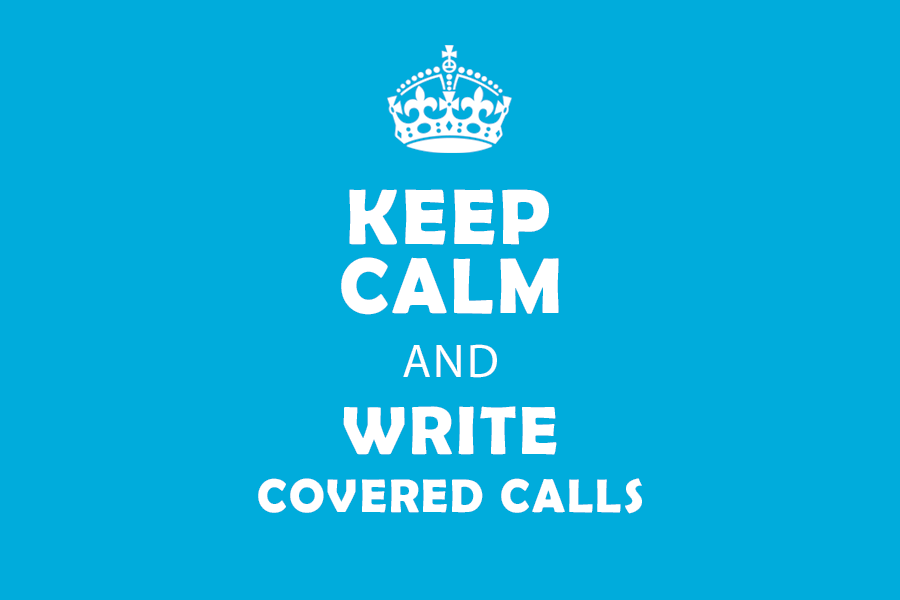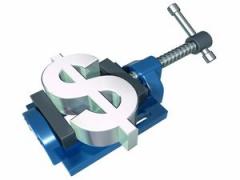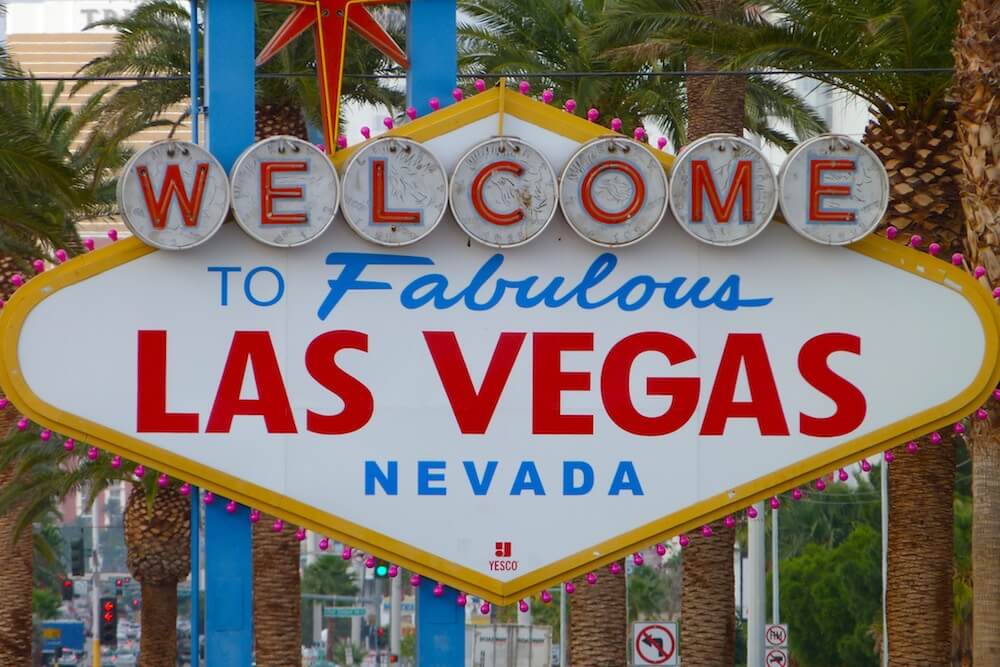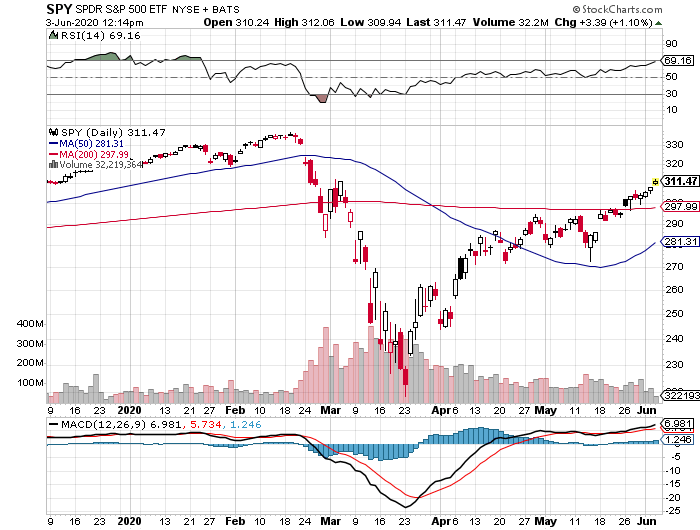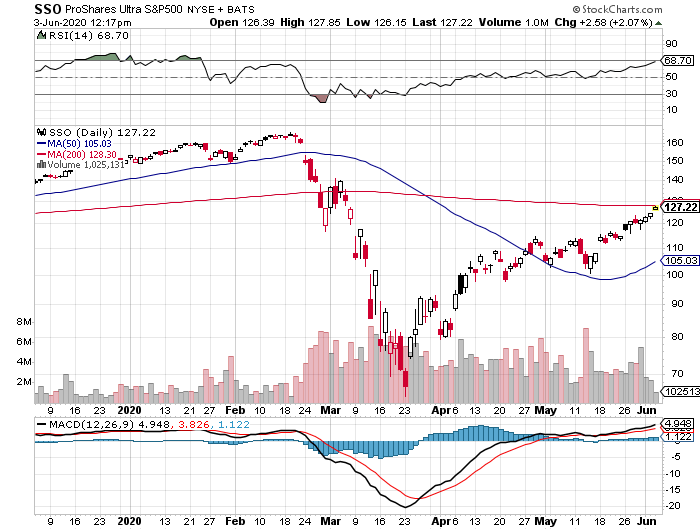Doomsayers have a tough go of it, especially those who predict widespread bankruptcies. After the 2008 Financial Crisis, investment banker and hedge fund manager Meredith Whitney gained renown by predicting that a number of public entities – cities and counties especially – would go insolvent and be forced to declare bankruptcy. Ms. Whitney’s prediction turned out to be wrong: though many municipalities continue to struggle, only a few went the BK route. Kudos to her for going out on the limb for this prediction and making more people realize the extent of financial difficulties that municipalities face, but other forces – especially historically low interest rates – helped to stem the bankruptcy tide.

COVID Corporate Doom
Nowadays, the doomsayer vultures are circling corporations, especially those whose businesses have been negatively affected by the COVID shutdown. The prospects for companies like Macy’s, Carnival Cruise Lines, American and United Airlines, AMC Entertainment, and SeaWorld were not good. All had their businesses substantially eliminated for a period of time by the COVID shutdown. How could they all possibly survive? Well, they all have survived, at least so far. The same force that helped to save the struggling municipalities – low interest rates – are helping to keep struggling companies afloat. The Paycheck Protection Plan and corporate bond purchases by the Federal Reserve have also played a part, but these efforts were underpinned by the debt markets.
Difficult to Make Doom Happen
Widespread bankruptcy predictions don’t often come true because free market forces adapt to accommodate the tough economic situation. Well-capitalized companies have investors who are motivated to protect their investments to keep creditors at bay. Less well-capitalized companies have flush private equity investors to turn to if they need an equity infusion. All of this is possible because of low interest rates. With rates as low as they are, the required rate of return for equity is also lower than it otherwise would be, and so equity opportunities that may not look as promising during “normal” times may look a little better now during an unusual time. The government intervention aspects are nice but the real helper is the low interest rate environment and the bond investors who are ok with low returns.
IMO
We are certainly not out of the COVID woods yet. Chesapeake Energy just declared BK, as did Cirque de Soleil. These followed Hertz, Neiman Marcus, and others. Private equity doesn’t have a large appetite for the restaurant business and so many of your favorite local restaurants remain on life support. However, we could emerge from this economic crisis relatively intact, with a few exceptions, and that would exceed early projections.


